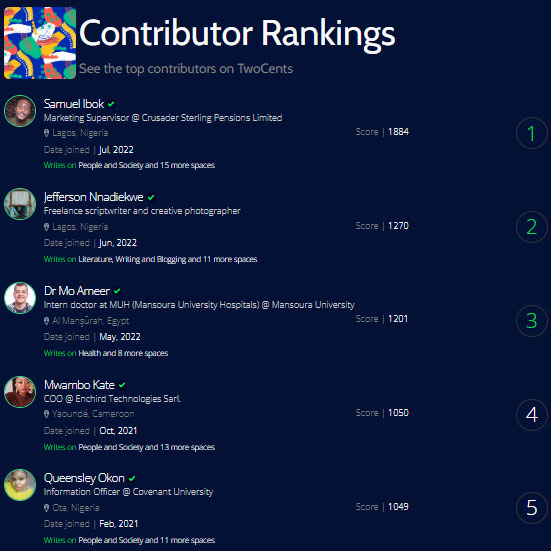Am I Raising My Voice or Is It Disrespect?

<p><br/></p><h2>There comes a moment in many conversations—especially emotionally charged ones—where we pause and ask ourselves: Was I simply being expressive, or did I just cross the line into disrespect?</h2><p><br/></p><p>It's a thin line, often blurred by tone, timing, and the nature of the relationship. For many of us, especially young adults navigating communication with parents, elders, or authority figures, this question is not unfamiliar. And for parents, teachers, or leaders, it's one that often arises when trying to set boundaries or maintain respect without shutting down someone’s voice.</p><p><br/></p><p>But what truly separates raising one’s voice from being disrespectful?</p><p><br/></p><p><strong>1. The Intention Behind the Voice</strong></p><p><br/></p><p>Raising your voice isn’t always about anger or defiance. Sometimes, it’s frustration. Sometimes, it’s urgency. And other times, it’s just a natural human reaction to not being heard or understood.</p><p><br/></p><p>But disrespect? That’s more about intention. It's laced with mockery, dismissal, or a lack of regard for the person on the other end. You can raise your voice out of desperation, but if you still respect the other person while doing so, that’s different from shouting just to dominate or belittle.</p><p><br/></p><p><strong>2. Culture, Upbringing, and Perception</strong></p><p><br/></p><p>In some homes and cultures, raising your voice—especially toward elders—is automatically seen as rude or rebellious. In others, open expression is welcomed, even encouraged. So, when we ask, “Is this disrespect?”, we must consider the environment.</p><p><br/></p><p>Sometimes what feels like expression to us sounds like rebellion to someone raised in a different communication culture.</p><p><br/></p><p><strong>3. How the Other Person Receives It</strong></p><p><br/></p><p>Communication isn’t just about how we feel; it’s also about how we’re received. You may not intend to be disrespectful, but if the person on the receiving end feels hurt, dismissed, or dishonored, it’s worth pausing.</p><p><br/></p><p>We don’t have to take full blame for how someone interprets us—but we do have to take responsibility for how we show up in conversations.</p><p><br/></p><p><strong>4. Emotional Maturity Is Knowing When to Step Back</strong></p><p><br/></p><p>There’s strength in expressing yourself, but there’s wisdom in knowing when to pull back, breathe, and rephrase. Just because you can say something doesn’t mean you should, and just because you feel something doesn’t mean you need to unleash it.</p><p><br/></p><p>Real growth is learning to communicate firmly, but respectfully. Loud doesn’t have to mean disrespectful. Quiet doesn’t always mean submissive.</p><p><br/></p><p><strong>So, How Do We Know the Difference?</strong></p><p><br/></p><p>Ask yourself:</p><p><br/></p><p>Was I trying to be heard or trying to hurt?</p><p><br/></p><p>Did I attack the person or address the issue?</p><p><br/></p><p>If I were on the other side, how would that tone make me feel?</p><p><br/></p><p>Can I express the same thing with a calmer voice and the same courage?</p><p><br/></p><p><strong>In the End…</strong></p><p><br/></p><p>It’s okay to raise your voice sometimes—we’re human. But let’s be honest with ourselves when our tone shifts from expression to aggression. Let’s create space for passionate communication while also protecting the dignity of those we’re speaking to.</p><p><br/></p><p>Disrespect isn't always in the volume; it's in the intent.</p><p><br/></p><p>So the next time you catch yourself mid-sentence wondering, “Was that too much?”, take a moment. Not to shrink, but to reflect—and grow.</p>


Am I Raising My Voice or Is It Disrespect?
By
 Trust Egbegi
•
1 play
Trust Egbegi
•
1 play
 Trust Egbegi
•
1 play
Trust Egbegi
•
1 play
0:00 /
0:00
Other insights from Trust Egbegi
Referral Earning
Points-to-Coupons
Insights for you.



 98
98

































































Comments